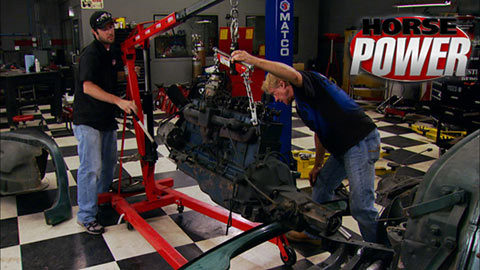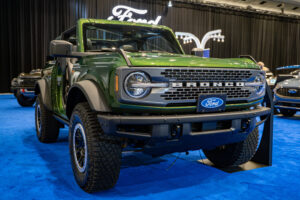HorsePower Builds
Want more content like this?
Join the PowerNation Email NewsletterParts Used In This Episode
Chevs of the 40's
Cam and Lifter Kit
Chevs of the 40's
Main Bearing Set
Chevs of the 40's
Master Engine Kit
Chevs of the 40's
Offenhauser Intake
Chevs of the 40's
Offenhauser Polished Valve Cover
Chevs of the 40's
Piston and Ring Set
Chevs of the 40's
Rochester 1-barrel Carburetors
Chevs of the 40's
Rod Bearing Set
Grooms Engines
Bore and Hone Cylinders, Align Hone Mains, Machine Work on Heads
Matco Tools
Complete Hydraulic Flaring Kit
































